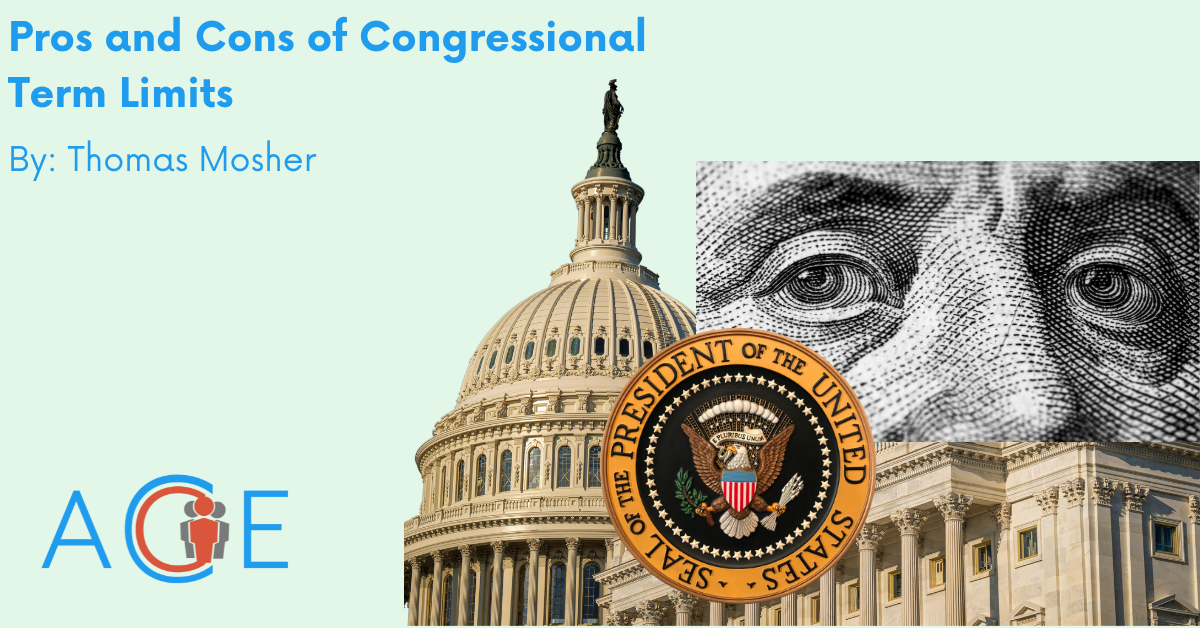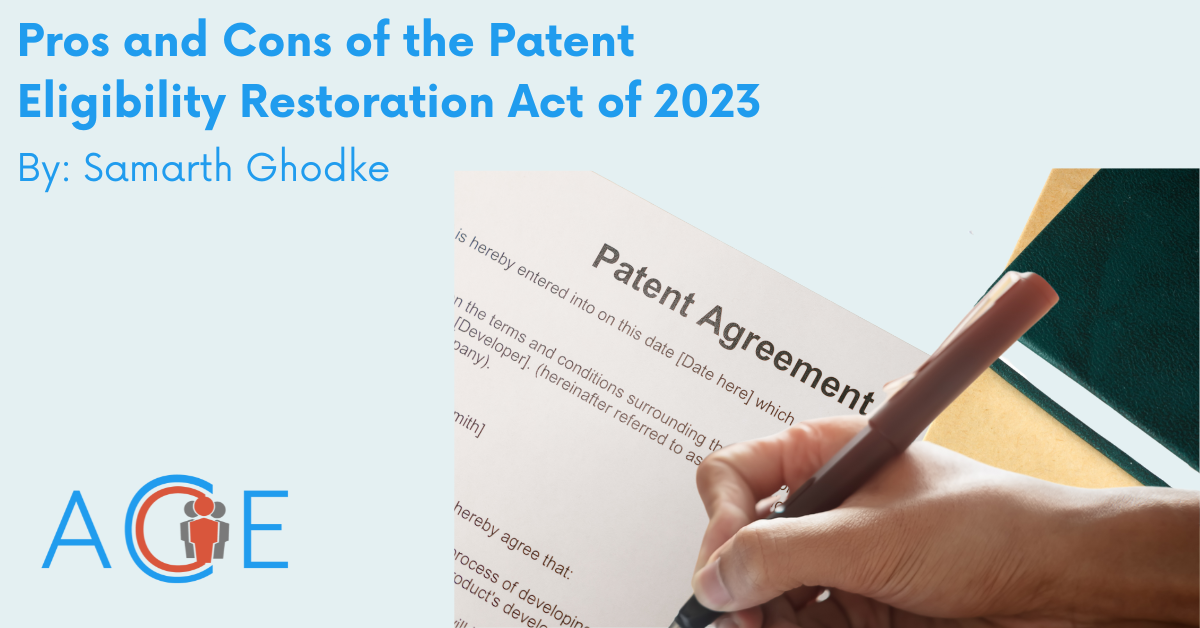Introduction to Medicaid and Maternal Health Coverage
Medicaid is a healthcare program designed to cover specific medical costs for individuals with lower incomes and limited resources. While the federal government sets baseline regulations and retains oversight authority over Medicaid programs, states maintain primary responsibility for program administration, which leads to variation in Medicaid coverage across the nation. Many state Medicaid programs offer insurance coverage for pregnant individuals through mechanisms such as presumptive eligibility. Presumptive eligibility allows certain vulnerable populations to receive coverage before their application for Medicaid is fully processed. For example, Iowa’s presumptive Medicaid coverage extends Medicaid benefits to all pregnant applicants while their eligibility is being determined, regardless of the final outcome.
Maternal health remains a critical concern in the United States, where indicators such as preterm births and maternal mortality have continued to rise despite targeted policy interventions. A key factor in improving maternal health outcomes is access to high-quality prenatal care, yet adequate access to prenatal care is declining. A significant reason that many people cannot access adequate prenatal care is a lack of insurance coverage or sporadic insurance coverage during their pregnancy. Research emphasizes that increasing insurance coverage for pregnant people can improve access to prenatal care, which can improve maternal health outcomes.
While federal regulations mandate certain Medicaid services, including maternal healthcare, the specifics of maternal health coverage are left largely to the discretion of individual states. For instance, Iowa’s presumptive eligibility for pregnant people continues until the applicant receives a determination of full Medicaid eligibility. In contrast, Minnesota’s hospital-based presumptive coverage for pregnant people only lasts for a month.
S.141 and the Scope of Federal Intervention
Introduced on January 16, 2025, S.141—or the Connected MOM Act—aims to identify and address barriers to Medicaid coverage of health monitoring devices in an effort to improve maternal health outcomes. Given that health monitoring devices can expand access to prenatal care by allowing physicians to remotely monitor health metrics, the bill aims to explore how pregnant people might face challenges in obtaining these devices. The bill proposes investigating state-level obstacles to coverage of remote physiologic devices, which include:
- Blood pressure cuffs (used to monitor blood pressure)
- Glucometers (used to assess blood glucose levels)
- Pulse oximeters (used to measure blood oxygen saturation)
- Thermometers (used to track body temperature)
These devices enable at-home monitoring of key health metrics, facilitating earlier intervention for dangerous pregnancy-related conditions. According to legal experts, such investigative efforts generate data that can inform and support future policy development. S.B. 141, which has received bipartisan support, is currently under review by the Senate Finance Committee.
Perspectives on S.B. 141 and Federal Medicaid Interventions
Investigative legislation like the Connected MOM Act allocates funding for evidence-gathering to guide future policy decisions. In this case, the bill aims to collect information on how states manage Medicaid coverage for remote physiologic devices that are critical during pregnancy, with the long-term goal of shaping federal Medicaid policies. While supporters of the Connected MOM Act argue that it will provide necessary insights to catalyze Medicaid expansion for pregnant people, others point to the rules and regulations of Medicaid which make it difficult for the federal government to intervene broadly in state Medicaid programs. Given the structural limits on federal influence over state-run Medicaid programs, broad national reforms are often considered too costly or unlikely to yield systemic change. This dynamic was evident in the fate of H.R. 3055—the Black Maternal Health Momnibus Act—which failed to advance beyond the committee stage. Supporters of the Connected MOM Act argue that its incremental, investigative approach will help justify future reforms without being perceived as broad federal overreach.
Conclusion
Each state administers its own Medicaid program, resulting in variations in coverage for certain medical devices, including remote health monitoring devices. Given the importance of these devices in expanding access to prenatal care, S.B. 141 seeks to investigate the best course of action for improving coverage of them across the nation. As it moves through committee, S.B. 141 may give insights on how policymakers can strategically navigate limits on federal power over state health programs.


